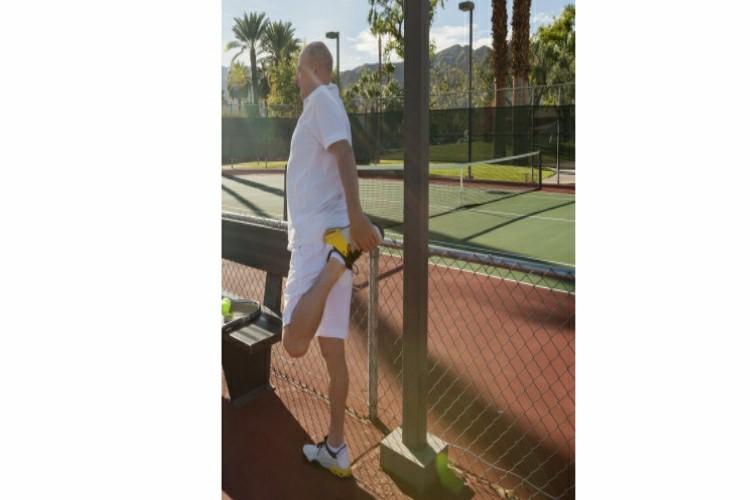Lifestyle Changes for Chronic Venous Inefficiency
 Is your loved one experiencing:
Is your loved one experiencing:
- swollen, itchy or cramped legs or ankles
- varicose veins
- blood clots
- open sores
- thick/hard skin on the legs or ankles
If they are, they might be suffering from chronic venous inefficiency.
What is chronic venous inefficiency?
The purpose of the veins is to bring deoxygenated blood to the heart. The heart then purifies the blood, pumps it full of oxygen and sends it back out to the body via the arteries. Chronic venous inefficiency (CVI) is just the medical way of saying that the veins can’t do their job properly anymore.
It sounds quite scary. The truth is, though, that on its own, CVI isn’t life threatening. It is, however, extremely uncomfortable and even painful. It also effects your ability to get around.
There is medical treatment available for chronic venous inefficiency. But lifestyle changes are just as important to your loved one’s quality of life.
Physical Activity.
If your loved one is suffering from chronic venous inefficiency, try to get them engaged in some form of regularly scheduled exercise. The reason this is important is that consistent physical activity can significantly improve blood flow. Consult with their gym staff if they live in a skilled nursing community, or with a personal trainer if they don’t. Take past fitness history into account, too. If your loved one has always been active, their program will be very different than if they haven’t. Keep in mind that stationary bikes, elliptical trainers and just plain walking are all options for low impact exercise. Stretching is great, too.
Weight Loss.
Is your loved one overweight? If they are, that extra pressure is putting a lot of strain on their legs, which will only make their CVI worse. And contrary to popular belief, it is possible to lose weight in your 60s or 70s. That will, of course, take some coordination with a nutritionist and your loved one’s medical team. Check their salt intake, too; too much salt will result in water retention in the legs, which is not what your loved one needs or wants if weight loss is their goal.
Support Socks.
I know, I know. This sounds really tacky. But the pressure that compression garments apply to the legs and feet pushes the blood pooling around down there back to the heart. And if you’re worried about fashion, well, they’re not the ugly brown items they used to be. They come in a huge choice of styles and colors, so whether you’re looking for conservative, fun or funky, you’ll find something to make your loved one happy. Do not buy them on your own, though. You need medical advice here.
Move Around.
We’re not talking about varying your position here, not exercise. If you’re visiting your loved and you notice they’ve been sitting for a while, suggest a short walk. If you’ve been standing together, sit down or encourage them to take a break in the recliner. Avoiding the same position for long periods of time helps keep the blood moving.
A tip here: When you are sitting, encourage your loved to keep their legs elevated and, at the very least, not crossed.
Fashion and Chronic Venous Inefficiency.
High-heeled shoes restrict the blood flow to the legs – something you don’t want to be doing when dealing with chronic venous inefficiency. If your mom or grandmother loves her heels, take her shopping for some beautiful flats and have her save the stilettos for events and special occasions. While you’re at it, check if her shoes are too tight, since that causes the same problem.
Have you had experience helping a loved one deal with chronic venous inefficiency? Please share in the comments below.
